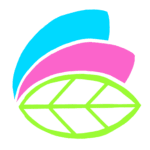MEET
THE

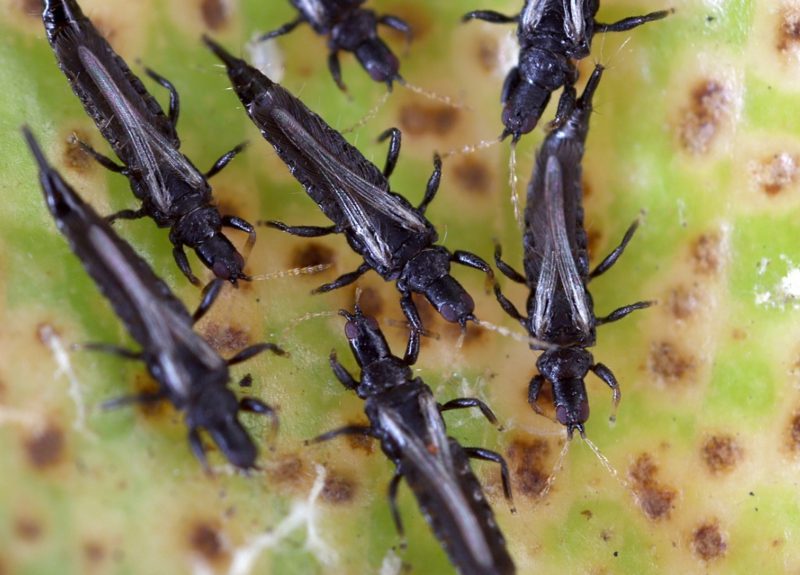
THRIPS
THRIPS

SPIDER MITES
SPIDER MITES
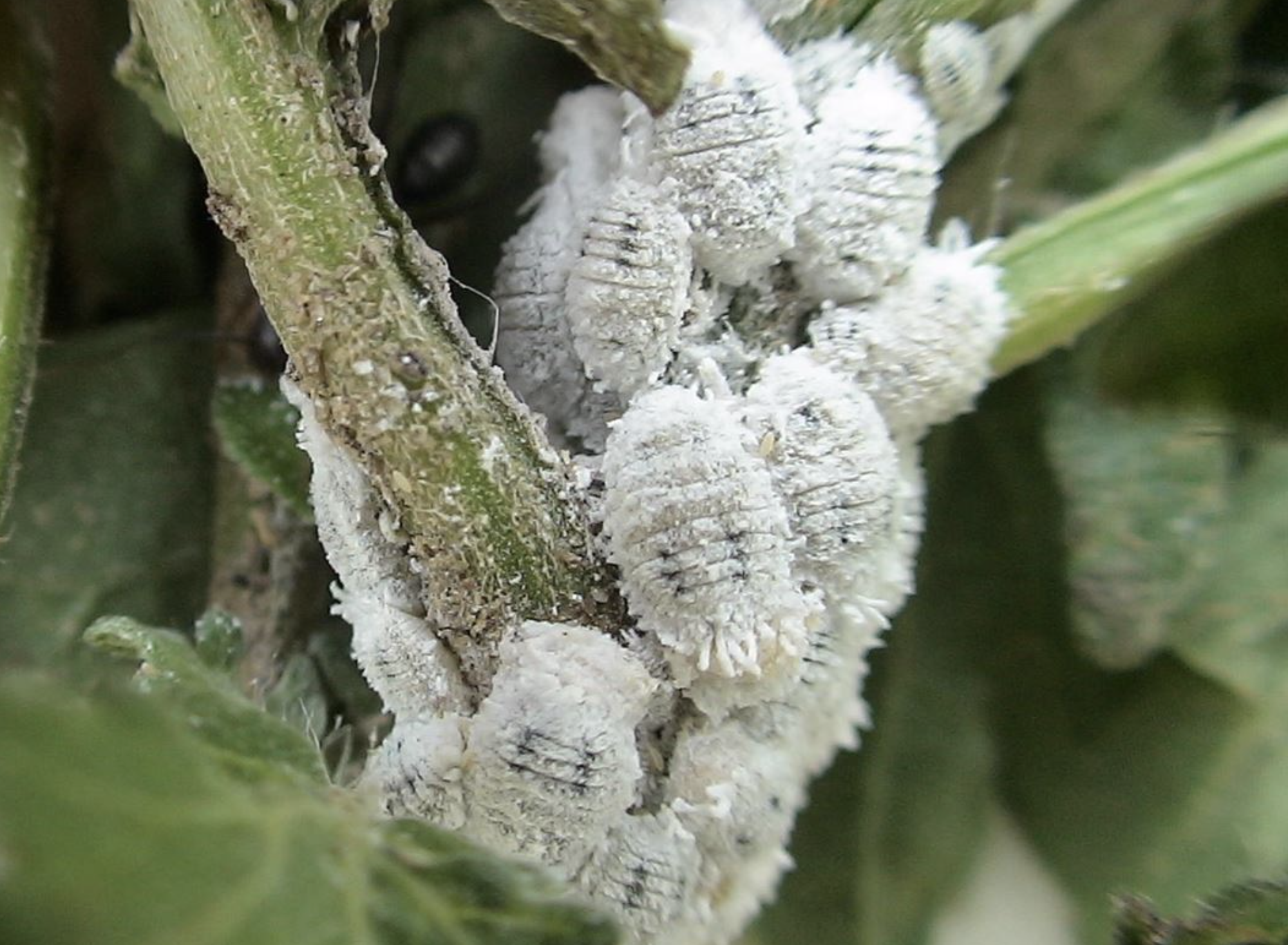
MEALYBUGS
MEALYBUGS
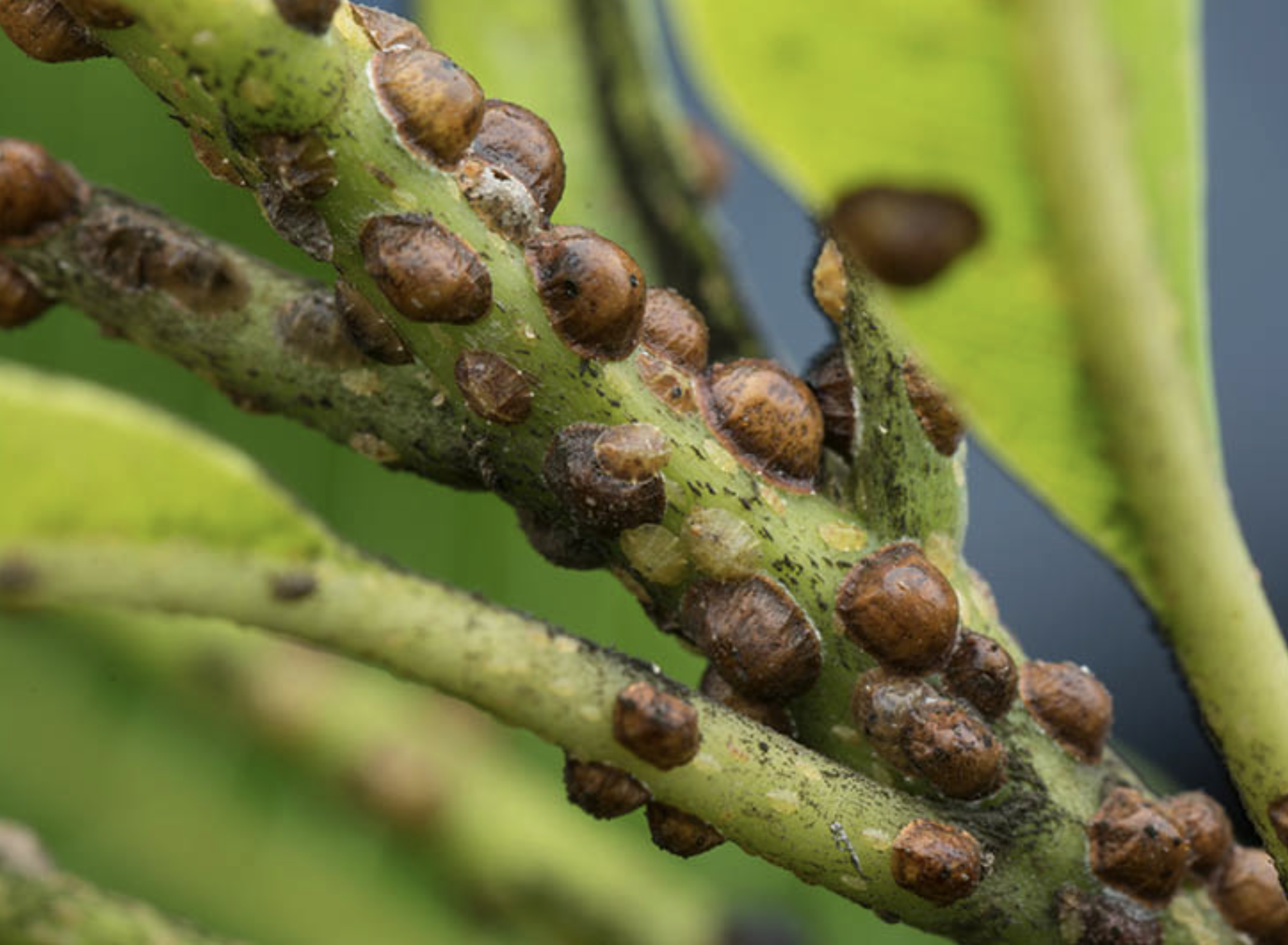
SCALE
SCALE
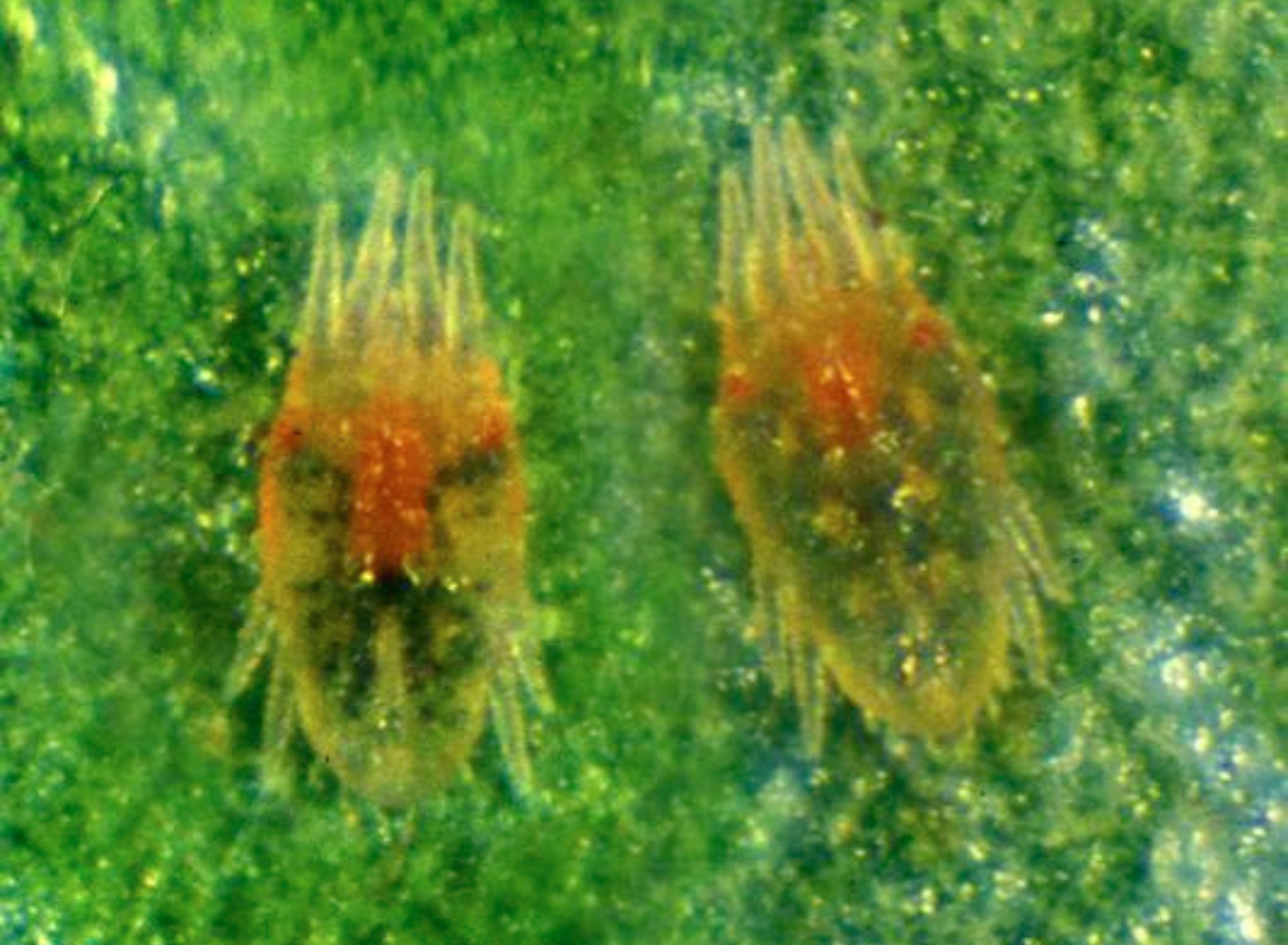
FLAT MITES
FLAT MITES
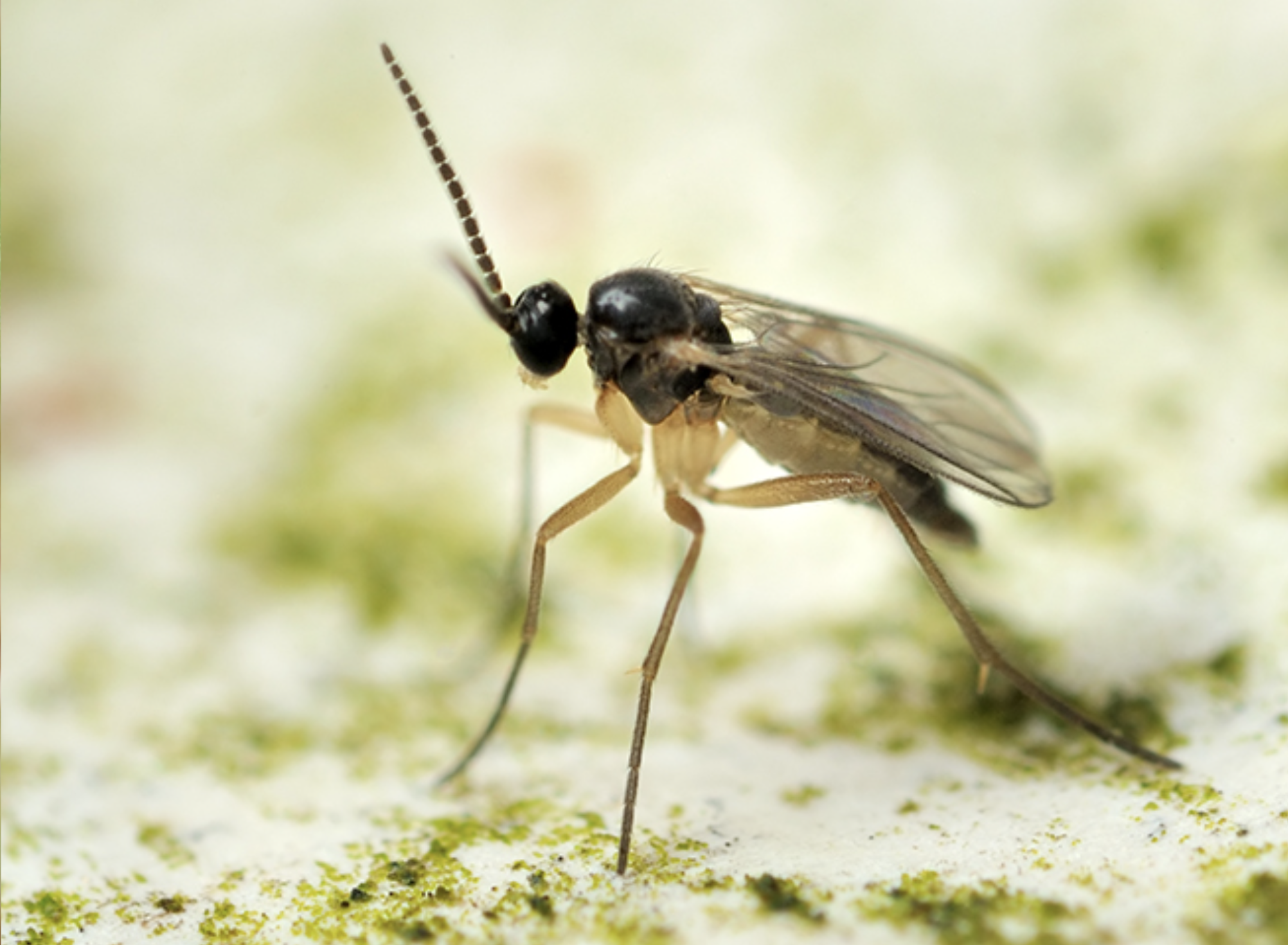
FUNGUS GNATS
FUNGUS GNATS
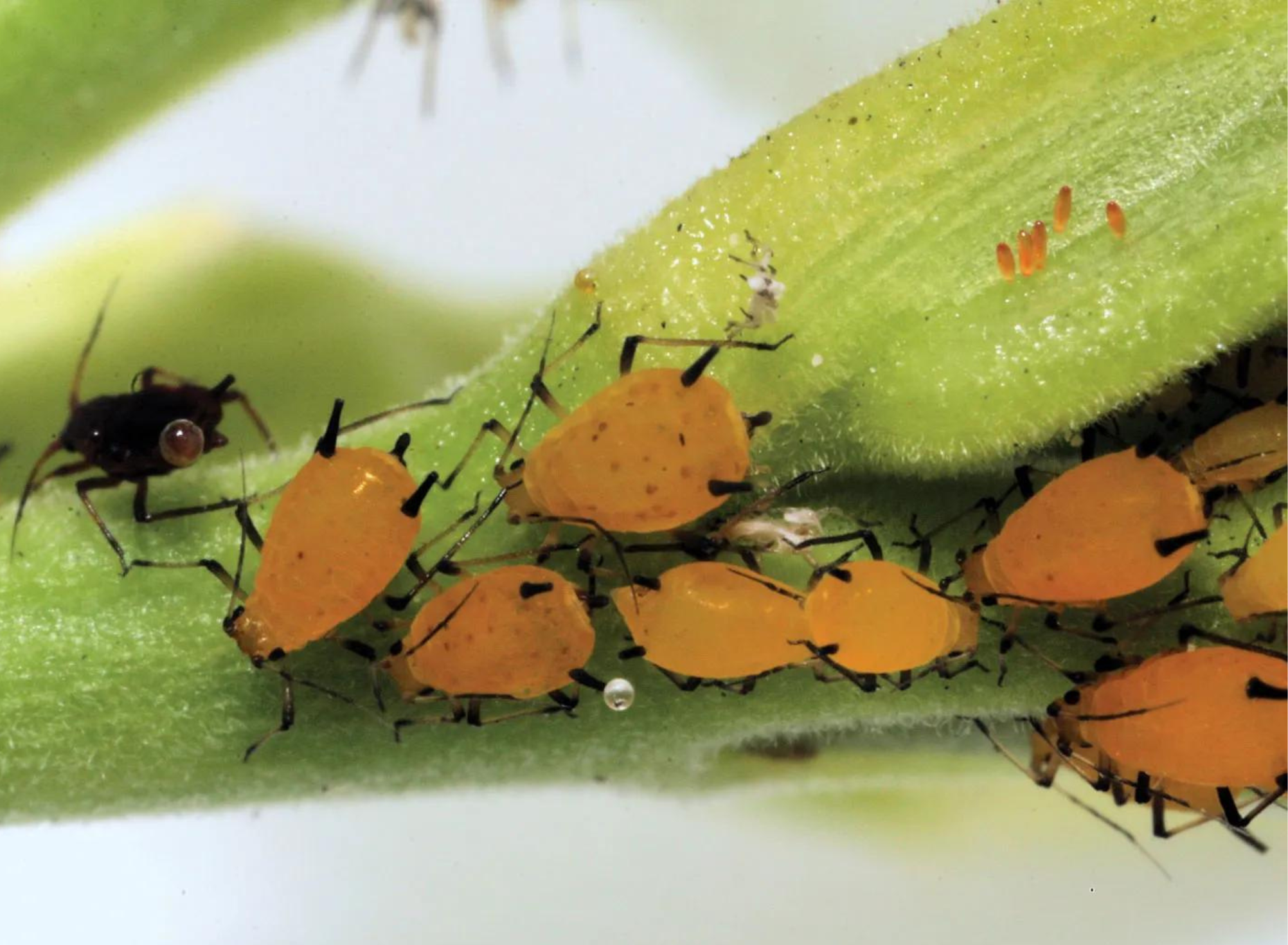
APHIDS
APHIDS
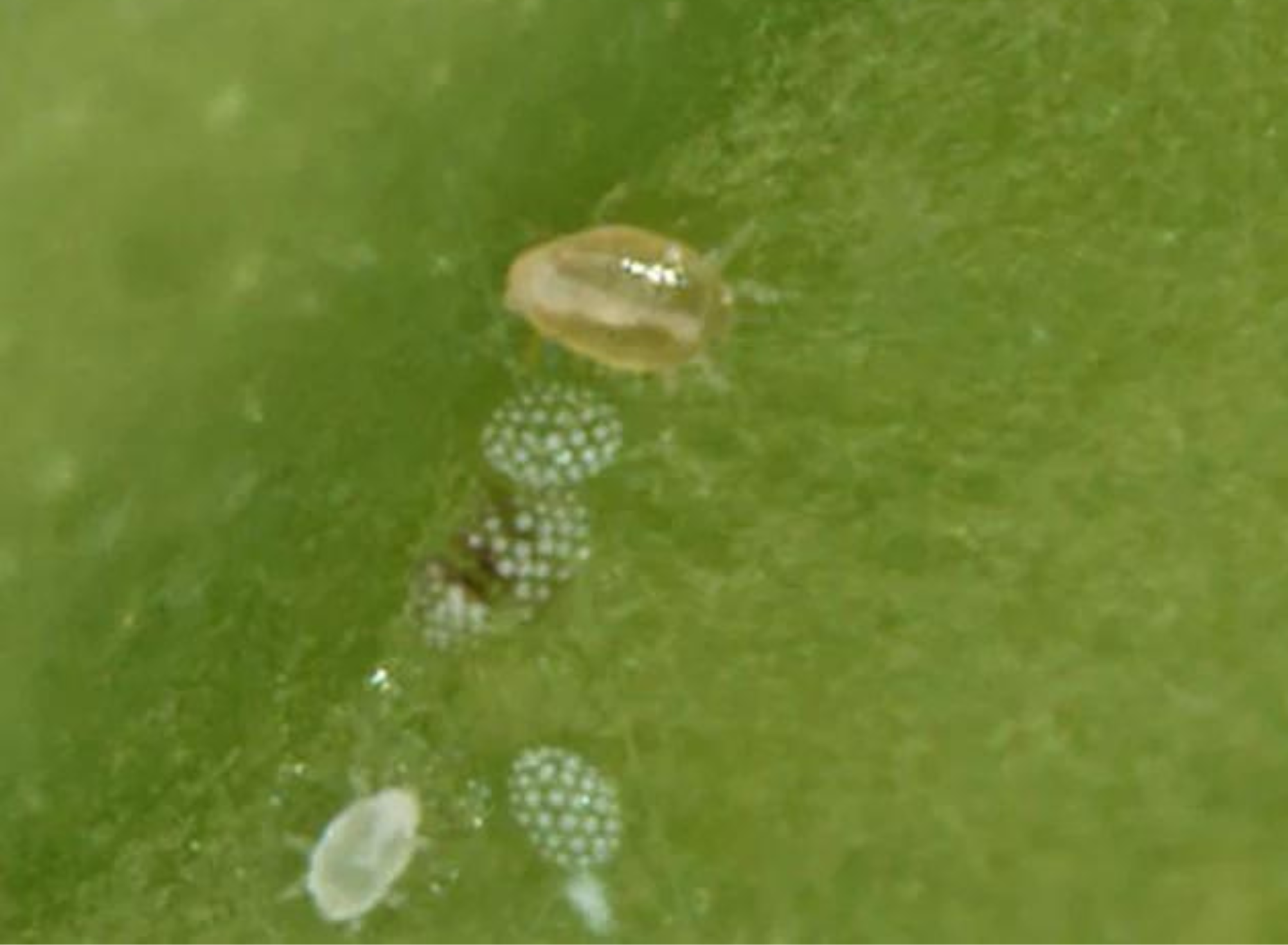
BROAD MITES
BROAD MITES

ROOT MEALYBUGS
Root mealybugs
Thrips
About Thrips
Thrips Damage
Thrips TREATMENT
Spider Mites
About Spider Mites
Spider Mites Damage
Spider mite damage presents primarily as a speckling on the leaves. The leaves may not initially appear “damaged” as with thrips, but the color will start to appear muted and small white specks will appear across the surface as well as at points where the stems meet the leaves. Eventually, if not treated, you will see yellowing and leaf death, and the entire plant will die.
SPIDER MITE TREATMENT
To treat spider mites successfully, use a predator mite such as persimilis, fallacis, or californicus. The mite you select depends on environmental factors, such as humidity and temperature, as well as the type of spider mite you are treating. Release the predator mites every two weeks for 2-3 treatments in combination with removing visible webbing and spider mites as you see them.
Mealybugs
About mealybugs
mealybug Damage
Unlike other pests such as thrips or spider mites, mealybugs don’t tend to have a typical damage pattern. Instead you’ll likely see overall plant decline: yellowing leaves, stunted and distorted new growth, or no new growth at all.
MEALYBUG TREATMENT
Mealybugs can feel like a pain to get rid of, but their treatment is relatively straightforward. Remove any mealybugs that you see by wiping the leaves with a wet cloth or using a q-tip dipped in rubbing alcohol. Follow up with lacewing larvae or cryptolaemus larvae, depending on the severity of the infestation, every two weeks until you no longer see mealybugs.
Scale
About Scale
Scale Damage
Unlike other pests such as thrips or spider mites, scale doesn’t tend to have a typical damage pattern. Instead you’ll likely see overall plant decline; yellowing leaves, stunted and distorted new growth, or no new growth at all.
SCALE TREATMENT
Currently, there are no known beneficial insects approved for indoor use that can reliably chew through the hard shell of an adult scale, so you will need to manually remove any visible scale. Supplement with lacewing larvae, which will eat the baby scale crawlers before they have the chance to create a hard shell.
Fungus Gnats
About Fungus Gnats
Fungus Gnats Damage
Fungus gnats don’t usually cause visual damage, and indications of their presence will be the adults flying around the plant when you move or shake it.
Fungus Gnat TREATMENT
Fungus gnats are very simple to treat with one release of nematodes Sf, which will eat the fungus gnat larvae in the soil. Add yellow stick traps for 1-2 weeks to catch the flying adult fungus gnat.
Broad Mites
About Broad Mites
BROAD MITES Damage
Broad mite damage typically starts with deformed and stunted new growth since they love new growth and will feed heavily on it as it’s emerging. On older growth, you will see brown leaf edges or dark brown striping on the leaf surface.
BROAD MITES TREATMENT
Difficult, if not impossible, to treat with miticides or pesticides, they are luckily very easy to treat with beneficial insects and require just one predator: the cucumeris mite. Applications of bulk cucumeris mites every two weeks is recommended for active issues. For prevention, use the cucumeris in sachets regularly as well as stratiolaelaps for the soil if you are growing in warm environments year round.
Flat Mites
About Flat Mites
The “flat mites” or “false spider mites” are a group of nearly 300 species of pest mite in the family Tenuipalpidae. While they are related to spider mites, they do not produce webbing and their bodies are comparatively “flat”, hence the name. The most common species of Tenuipalpidae on our cultivated plants are Brevipalpus mites.
Historically these mites were mainly an issue in agriculture in tropical areas, where they fed on cultivated banana, rubber and coffee plants as well as palms. However, in the last few years we have begun to see more and more cases of these mites on houseplants – primarily on hoyas which have the thick waxy leaves they love – as the plant market exploded and imports increased.
flat MITE Damage
These mites are literally microscopic (you cannot see them without a microscope) and they tend to live and feed on the undersides of the leaves. The first thing you’ll notice will be the damage, which presents as a scabbing or browning on the leaf underside. Leaves may also appear deflated, as if the plant is underwatered, and will start falling off the stems. If you have a microscope you’ll see tiny red mites and their bright red eggs pressed flat against the leaf surface.
flat MITE TREATMENT
As with most mites, pesticide sprays and systemics are not recommended because the mites are largely resistant to them, and many pesticide chemicals actually cause their populations to increase.
As with any pest, rinsing the mites off with just water is the first key step, paying special attention to the backs of the leaves. You may need a damp towel to remove all the sticky eggs.
Recommended predators for flat mites are californicus mites for the foliage, plus or minus stratiolaelaps for the soil, depending on your budget. If you’re worried about preventing flat mites, californicus in the sachets will do just fine! For active flat mites, due to their long life cycle, it’s recommended to do bulk californicus plus the sachets for your first treatment, reapplying fresh sachets after four weeks if you’re still seeing eggs or adults at that point.
Aphids
About Aphids
There are more than 4,000 species of aphids! Some common ones you may see are the Oleander Aphid, Wooly Aphid, Green Peach Aphid, Melon Aphid and Black Bean Aphid.
Though they differ in appearance, each species is capable of destroying an otherwise healthy plant. Aphids feed on sap produced by the plant. After tapping into this sugary food supply a substance called “honey dew” may be noticed on the affected plant as a shiny, sometimes sticky residue.
Aphids reproduce quickly and efficiently—the female aphid does not need a male to fertilize her eggs
Complicating some treatments, especially outdoors, are certain species of ants known to guard and care for aphids, specifically so they can harvest the honeydew that the aphids produce. They will protect them from the weather, move them around to various locations on the plant, and attack any predators that threaten the aphids.
Aphid Damage
You will likely see aphids on the plant either before or when you first notice damage on the leaf. Damage can present as leaf curling, leaf discoloration/yellowing, and overall plant decline.
Aphid TREATMENT
Endearingly called the Aphid Lion because of how effective of an aphid predator it is, Lacewing Larvae are going to be your best predator option. Even if you initially see the aphid population disappear completely after one release, it is recommended to continue to apply lacewing larvae every two weeks for at least three treatments, as aphids are very effective at reproducing and can rebound quickly.
If your plants are outside and you’re having trouble getting rid of aphids, you can also add in the predatory wasp – aphidius colemani. However these cannot be used alone and must be used in combination with lacewing larvae to get rid of active aphid issues.
If you find that there are ants that are complicating your beneficial treatment, you can add in the Nematodes Sc to help take down the ant population.
Root Mealybugs
About Root Mealybugs
Root mealybugs live within the root system of plants, where they pierce the roots and suck the sap out, effectively killing the plant over time. They look very similar to the mealybugs we find in the foliage – they are round and fluffy and move slowly. They can be difficult to detect until populations are quite large because it’s not very often that we look at our plant’s roots.
The insects themselves are fairly small and are most often identified by the white fluffy debris they leave behind. This debris will cling to the surface of the plant’s roots. While root mealybugs can feed on any plant, they tend to prefer hoyas, begonias and palms.
This pest moves easily between plants – the adults lay eggs which hatch into “crawlers”, and these little ones will crawl out of the plants pot through the drainage hole and into nearby pots. This most commonly happens during watering when the crawlers can be physically washed out of the pot.
Root Mealybug Damage
The only indication of root mealybugs, other than visually see them on the roots of your plants, is overall plant decline.
Root Mealybug TREATMENT
For root mealybugs, you’ll want to use a combination of rove beetles and stratiolaelaps to get rid of them. If you can, prior to beginning the beneficial treatment plan, remove the plant from its substrate, rinse the roots with warm water, throw out the substrate and replace with new substrate.
Then it is recommended to do two releases, two weeks apart of the combination rove beetles and stratiolaelaps, then continue to release stratiolaelaps every two weeks until you feel comfortable the root mealybugs are gone.
You should treat all plants preventatively in the immediate vicinity as well with the stratiolaelaps soil mite. This mite can be released on soil-less mediums as well such as pon, leca, moss etc.
